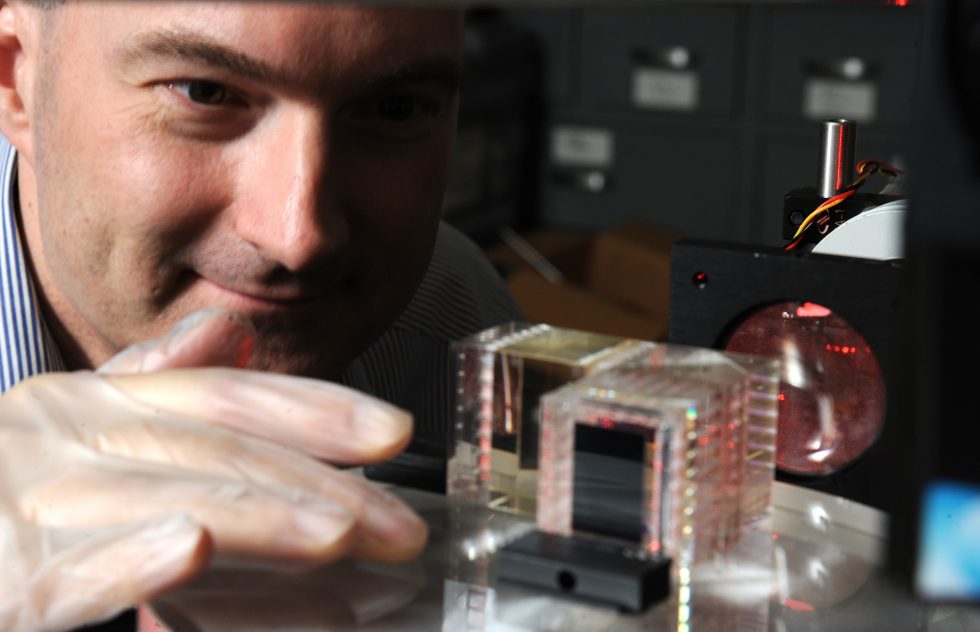
Leading Clean Energy Companies Team with Advanced Energy Storage Innovator Enzinc
Enzinc names key teaming partners for advanced zinc battery testing through the CalTestBed program
RICHMOND, Calif.: Enzinc Inc., an advanced battery technology developer bringing rechargeable zinc batteries to market, announced today that it has teaming agreements in place with leading energy companies for its third-party product testing. The testing is being done at University of California Riverside’s facilities through a CalTestBed award valued at $292,000.
The teaming partners include power backup provider to the global telecom industry BASE Technologies, EV charging SaaS company ChargeNet Stations, as well as a global battery manufacturer, a leading electric bike brand, and an international waste and recycling provider, which are teaming with Enzinc confidentially.
“It’s a vote of confidence in this technology’s potential that a number of companies are teaming with Enzinc during its testing phase,” said Danny Kennedy, chief energy officer of New Energy Nexus. “We’re thrilled that our programs are giving startups like Enzinc a leg up to innovate the way batteries are manufactured and deployed. We need to see more of this if we’re to accelerate the clean energy transition and electrify our economy.”
“Our teaming partners will ensure that our battery’s testing protocols reflect many of the use cases expected for advanced batteries with ‘Enzinc Inside’,” said Michael Burz, Enzinc founder and CEO. “The CalTestBed award will enable us to test how batteries with our exclusive zinc microsponge anode perform in key applications including e-bikes and other electric mobility, stationary power back up, and grid-tied and microgrid energy storage.”
Enzinc has been awarded a voucher near the maximum $300,000 value, which enables Enzinc to work with the expert team at U.C. Riverside’s battery testing facility. The third-party testing program both ensures Enzinc’s advanced battery design will be shaped by real world needs and demonstrates each partner’s commitment to innovation.
Rebecca Wolkoff, CTO at ChargeNet, looks forward to testing their software with the Enzinc hardware, “We are both committed to creating safe, affordable and sustainable energy storage. We appreciate that our ChargeNet team can provide guidance and feedback on the application of Enzinc’s technology.”
The competitive CalTestBed initiative is funded through California Energy Commission’s Electric Program Investment Charge (EPIC) program to speed the commercialization of clean energy technologies. It funds third-party testing at world-class facilities at nine University of California campuses and one national laboratory. The program is led by New Energy Nexus in partnership with the University of California Office of the President (UCOP) and the Lawrence Berkeley National Laboratory.
Enzinc’s zinc micro sponge anode will power a family of high-performance rechargeable batteries. The anode’s structure allows the battery to provide more than three times the energy and have three times the lifespan of lead acid batteries while costing about the same, and it operates through a wider temperature range than lithium-based batteries. The battery is totally recyclable, much safer to use than either lead- or lithium-based batteries and uses zinc, a common material with no supply chain constraints.
This comes after the recent announcement that former president of Robert Bosch GmbH’s Powertrain Solutions Division and chief of its Progressive Mobility Players team, Stefan Seiberth, joined Enzinc’s senior advisory team.



